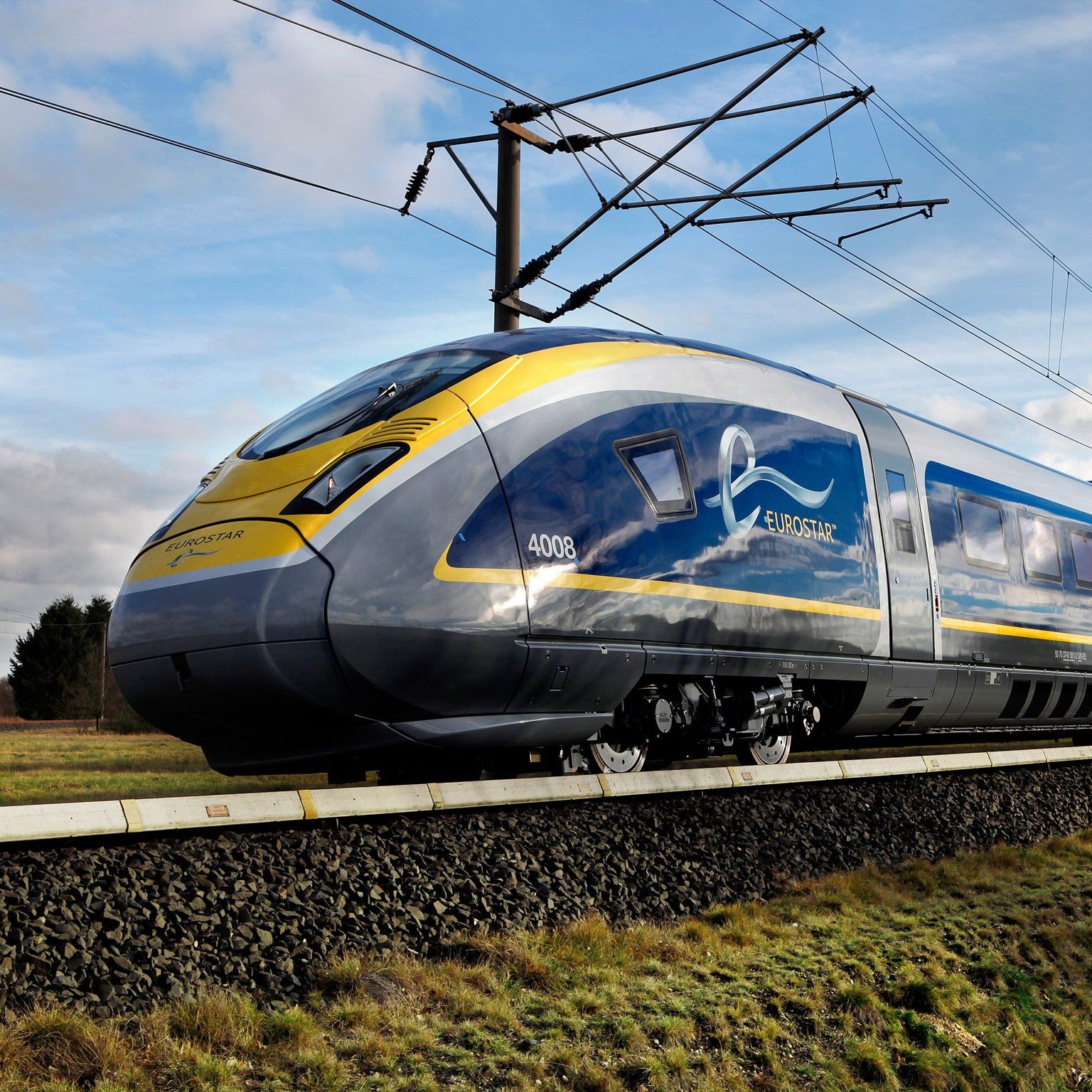Rebuild European Roads, Railways, and Ports
We have been under-investing in our infrastructure for years, and it shows; we need to invest in public programs for development.
Our transport infrastructure is the engine of European exports, and the backbone of the internal market, enabling free circulation of goods, passengers, services and workers.
The Trans-European Transport Network (TEN-T) enables safe, sustainable, smart and efficient transport systems and it strengthens European global trade competitiveness through development of major ports, airports and land connections with third countries.
However, our transport infrastructure is aging; our roads and railways have not been receiving sufficient investments to make our transport infrastructure fit for purpose, to eliminate our carbon footprint, and keep up with automation and digitalization trends.
Although some parts of Europe benefit from having some of the most advanced infrastructure in the world, the infrastructure of the European Union as a whole is trailing behind many other advanced nations.
Table 1: Infrastructure Development, WEF 2019
| Country | Infrastructure Score |
| Japan | 93.2 |
| South Korea | 92.1 |
| United Kingdom | 88.9 |
| United States | 87.9 |
| European Union | 85.7 |
| China | 77.9 |
Note: the EU score is calculated as an average of EU-27 countries, since the WEF only publishes individual countries scores, not EU aggregates
An important proportion (but not all) of this lack of infrastructure quality comes from Central and Eastern Europe, where the number, size, and quality of roads and rails trail significantly behind Western Europe. In addition to hampering the economic growth of this region, this also prevents Central and Eastern Europe from developing a strong manufacturing ecosystem to support reshoring critical capabilities on our continent.
The European Commission has been reviewing its transport policy to address aging and carbon emissions, but a higher level of ambition and clarity of purpose is needed. Europe needs to develop an end-to-end transport and infrastructure strategy aimed at advancing our global geopolitical interests and establishing our position as a global economic leader.
In particular, the following strategic objectives should be considered:
Along the strategic lines above, Europe should seek to accelerate its investments in clean, digital infrastructure incl. a pan-European high-speed rail network and micro-mobility solutions, increase its outreach to foreign countries of interest, and protect our interests and our internal market against unfair foreign competition.
Further reading:
